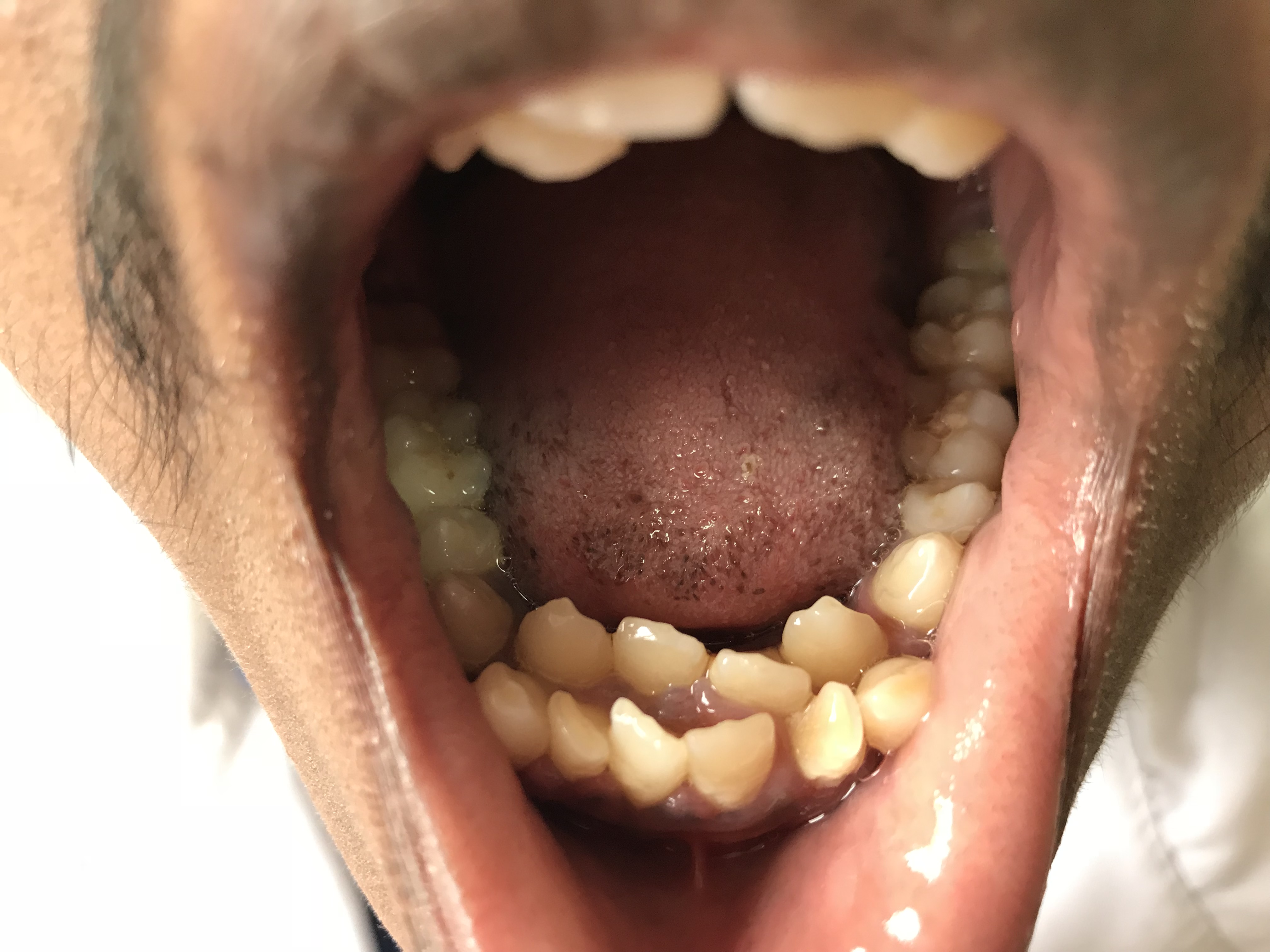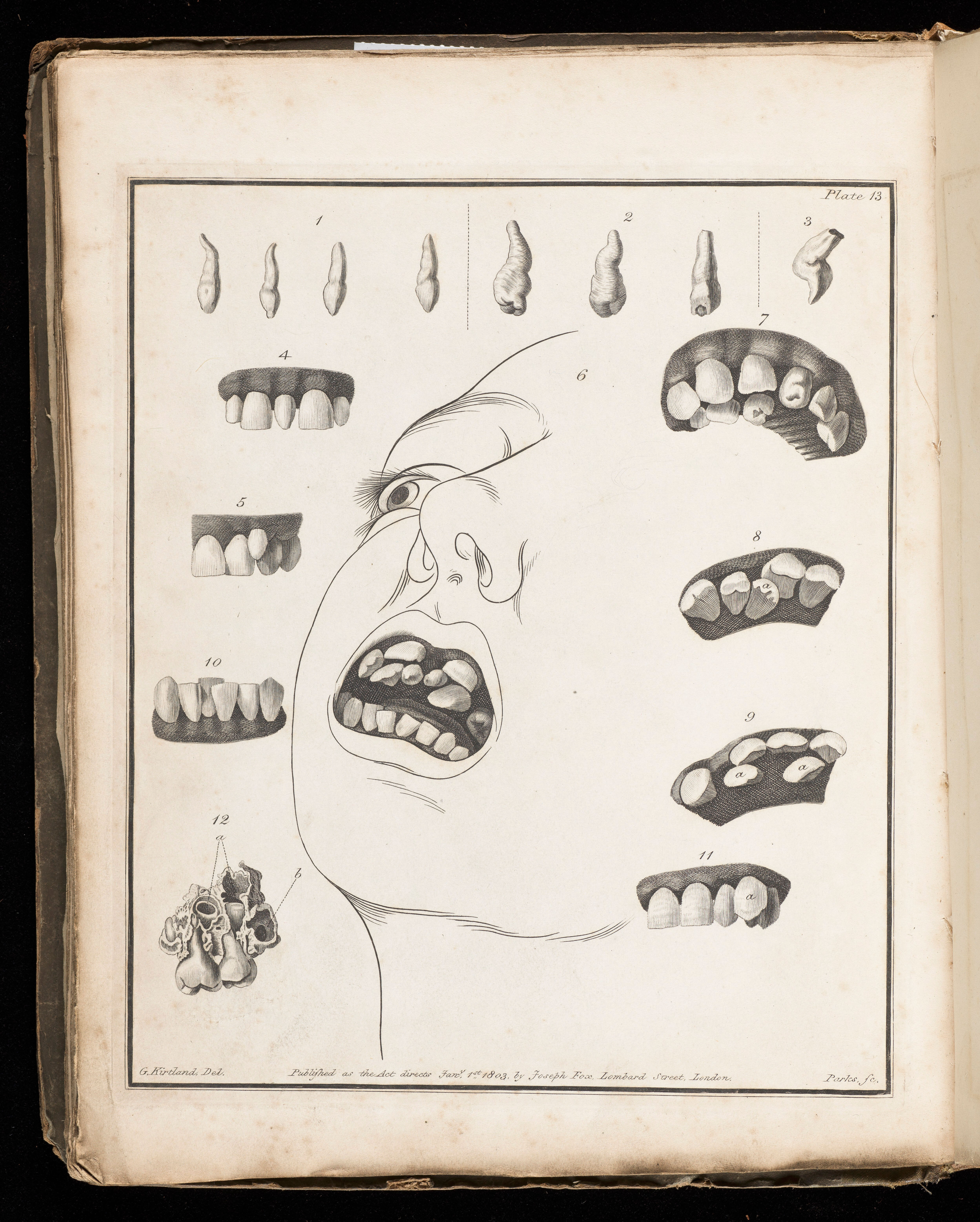What do Freddy Mercury, Nero’s mom, and an ancient Bulgarian vampire have in common? That’s right: they all have hyperdontia – aka “too many teeth”.
But while for these three toothy icons, their dental situation was variously a source of embarrassment, a lucky omen, and a genuine benefit to their goal of eating the local peasants, other people might be confused, or even worried about the presence of extra teeth in their mouth. So, what’s the deal with hyperdontia?
What is hyperdontia?
It’s in the name, really: hyper, as in “too many”, and dontia, as in “teeth”. But what does that mean exactly?
Most of us, by adulthood, have 32 teeth: eight incisors at the front, used for holding and cutting food; four canines, aka cuspids, used for being a Dracula tearing food into mouth-sized chunks; eight premolars, aka bicuspids, which sit after the canines and before the molars and look like a Pokémon middle-evolution between the two; finally, there are 12 molars – including four wisdom teeth – which we use for chewing and grinding up our food.
Any more than that, though, and you officially have hyperdontia. It’s more of a symptom than a condition in its own right, so there are many ways it can manifest: you can have “supplemental” teeth, which basically look like normal teeth; “tuberculate” teeth, which look like tubes or barrels; “conical” or “peg-shaped”, which – well, the clue is in the name; and compound or complex odontomas, which technically aren’t single teeth at all – they’re actually non-cancerous tumors, made of clusters of tooth-like tissue.
Supernumerary teeth are also classified by where they turn up: you’ve got your paramolar teeth, distomolars, and mesiodens. The first two grow, as you might have guessed from the names, near your molars – the distomolars are like extra molars, coming up in line with the normal set, while the paramolars are less well-behaved, popping up to the front or back or wherever they feel like.
Mesiodens, meanwhile, grow behind or around the incisors – most often in between the two front teeth. It’s the most common type of supernumerary tooth, although that isn’t saying much: none of the three crack more than a one or two percent incidence rate.
It’s pretty rare, in other words – and for many people, it might not be all that impactful in their daily life. You only need one extra tooth in your mouth to qualify as having hyperdontia, after all.
Sometimes, though, things can get extreme.

Hyperdontia can present as an extra row of teeth.
“A Black girl, aged 11 years 8 months, came for consultation; radiographs showed 81 teeth: 18 deciduous, 32 permanent, and 31 supernumerary,” reported one medical case from 2011. For those of you keeping count, that’s all but two of her baby teeth, all of her adult teeth, and almost an entire second set on top of that.
But what’s even stranger? Those 31 extra teeth were found by accident. The girl originally only went to the dentist for the removal of some root fragments, left behind after a couple of baby teeth fell out. It took radiography to reveal the true extent of her dentition – the cause and consequences of her situation had stayed totally under the radar. And that’s because…
The causes and treatment of hyperdontia
Again, hyperdontia isn’t really a condition in its own right. Asking what causes it, then, is kind of like asking what causes a headache – it totally depends.
“It seems to be associated with several hereditary conditions,” notes Healthline, including Gardner’s syndrome, cleidocranial dysplasia, Ehlers-Danlos syndrome, Fabry disease, cleft palates, and more. These conditions aren’t linked by any common denominator – the first two are rare genetic disorders; the latter two are inherited conditions; cleft palates are a birth defect.
That’s far from an exhaustive list of potential causes, and it’s not unusual for cases to baffle the dentists and healthcare providers that find them. Equally, sometimes you’ll never learn the cause of your extra teeth simply because you don’t need to know: “In some cases, hyperdontia doesn’t cause any complications,” points out the Cleveland Clinic, and “not everyone needs hyperdontia treatment.”
In those cases, the occasional NSAID (nonsteroidal anti-inflammatory drug) might be all you need to “treat” your hyperdontia, they advise. “But if your extra teeth interfere with your oral health or chewing function,” the Clinic adds, “your dentist may recommend removing them.”

A case of “supernumerary” teeth from ‘The natural history and diseases, of the human teeth: in two parts illustrated with twenty-three copper-plates’ by Joseph Fox, 1814.
Image credit: Wellcome Collection
It can be a life-changing procedure: hyperdontia can be painful due to overcrowding in your jaw; it can lead you to injure yourself by inadvertent bites; it can even stop your regular teeth from erupting as they should. Their presence can make brushing and flossing difficult or impossible to do properly, causing problems down the road – and for many people, they just don’t like how they look.
Is hyperdontia on the rise?
Given the known causes of hyperdontia – inherited conditions; random genetic mutations; birth defects; and unpredictable injuries and impacts, that kind of thing – there’s no real reason to think that hyperdontia might be more common now than it used to be.
But long term, something is happening that has a similar effect. Even though the normal number of teeth is 32, increasingly, even that is becoming too many.
“Richard Klein, Stanford paleontologist and the world’s expert on the human fossil record, said to me, ‘I’ve never seen a hunter-gatherer skull with crooked teeth’,” biologist and evolutionist Paul Ehrlich told the Stanford Report in 2018.
Today, though, braces and overcrowding abound – and that’s because our jaws are simply much smaller than they used to be. And here’s the thing: they’re shrinking faster than they ought to be.
“Studies of skulls from just a few hundred years ago compared with today show human jaws are still shrinking,” Ehrlich said. “There hasn’t been time for this to be a genetic problem. You can get crowded jaws within a generation.”
While it may not seem like it, that might be good news. It means the problem is at least partly environmental, Ehrlich says – so, with interventions such as giving children tough food and chewing properly, and avoiding leaving your jaw loose, at least some of the problem can be averted.
“[This is] an epidemic that is causing a lot of expense – think braces – and misery,” Ehrlich cautioned. “Many people’s lives could be improved if it were dealt with.”
Source Link: Hyperdontia, Or: How Many Teeth Is Too Many Teeth?